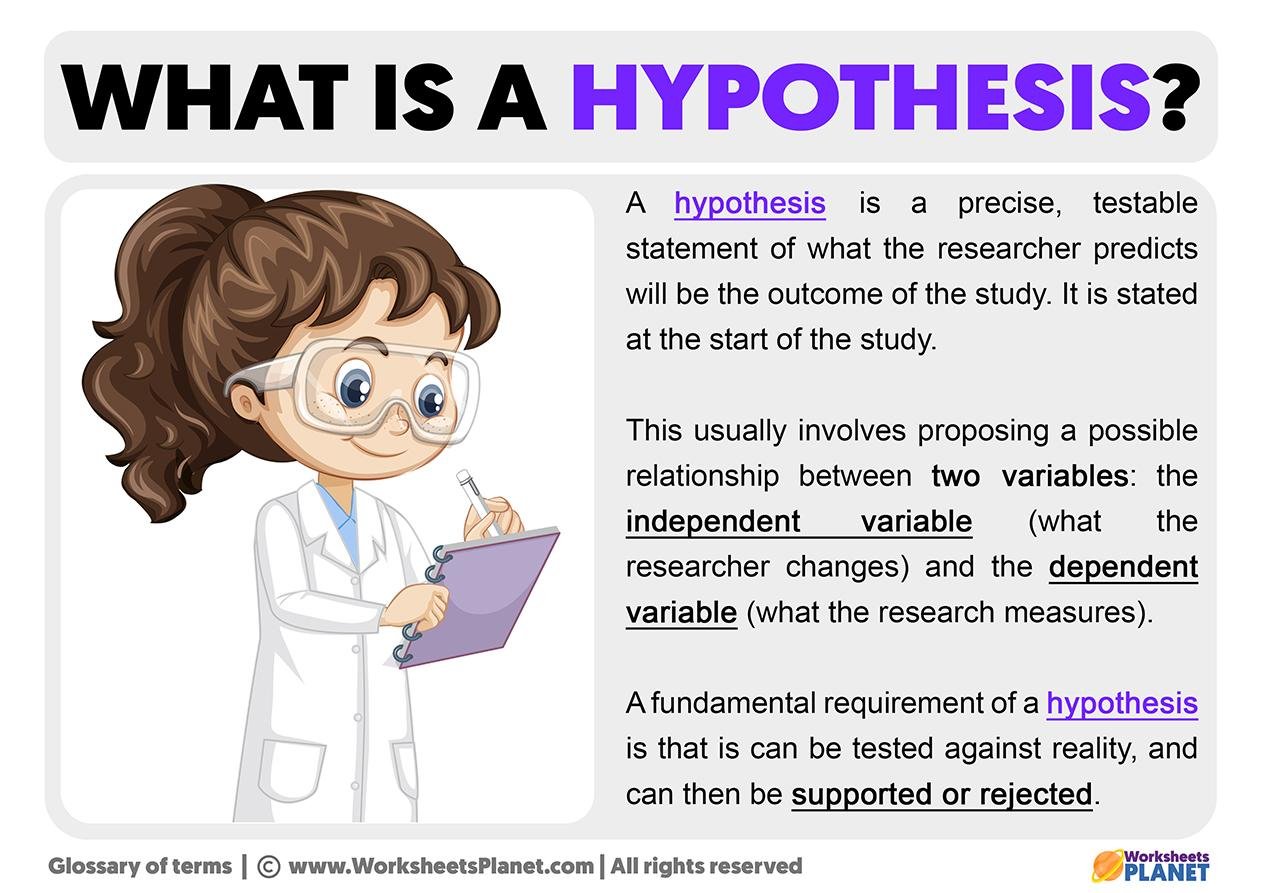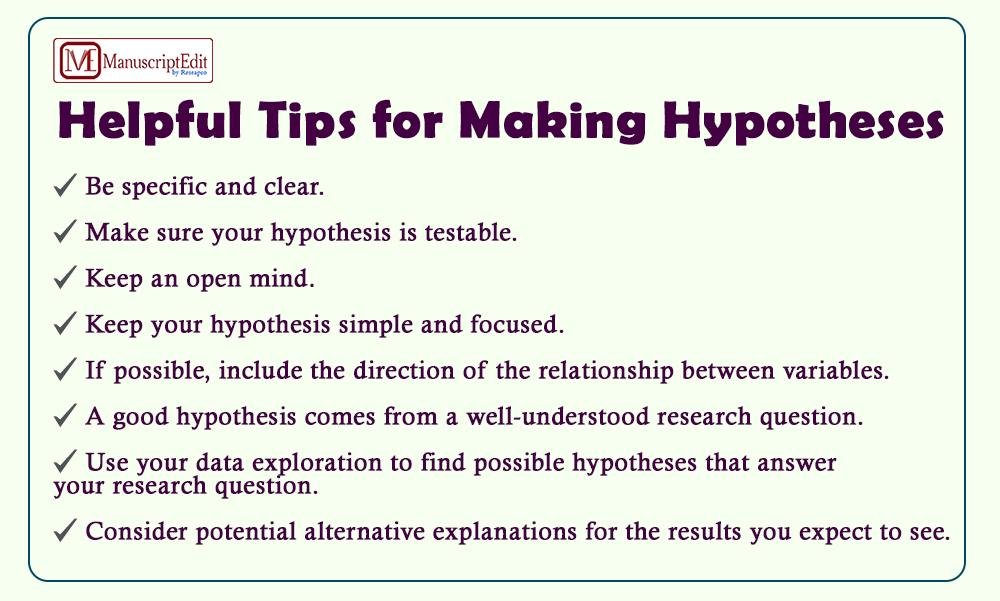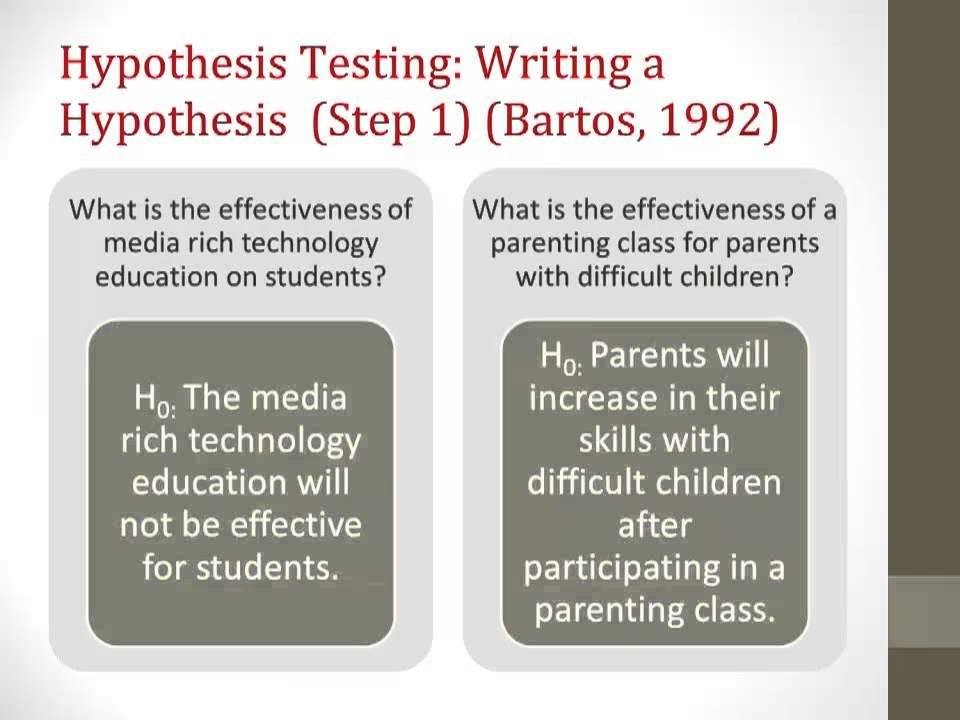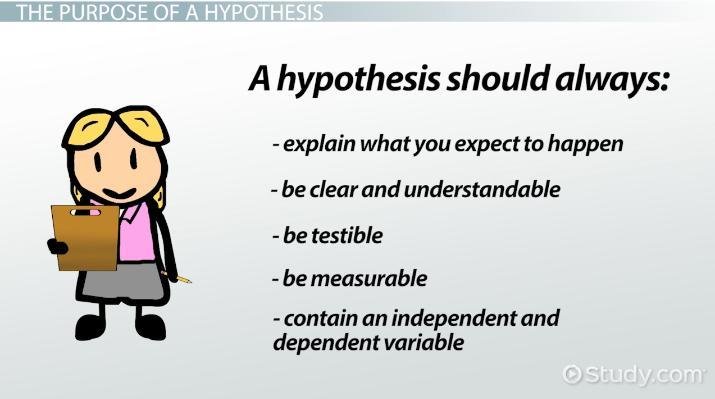research paper hypothesis example

In the world of academic research, the hypothesis stands as a pivotal element, guiding the direction and framework of a research paper. It acts as a beacon for scholars, illuminating the path toward inquiry and discovery. Whether you are embarking on a journey into the depths of social sciences or diving into the intricacies of natural phenomena, crafting a well-defined hypothesis is essential. This is not merely a statement; it is a testable prediction that reflects the relationship between variables, ultimately shaping the research process.
Throughout this article, we will explore various examples of hypotheses, illustrating how a carefully constructed hypothesis can enhance the clarity and focus of your research paper. From understanding the nuances of qualitative and quantitative approaches to examining real-world scenarios, we will guide you in developing hypotheses that resonate with your research objectives. Join us as we dissect the elements of a strong hypothesis and demonstrate how it can serve as the foundation for meaningful academic exploration.
Understanding the Foundation: The Role of Hypotheses in Research Papers
In the realm of research, a hypothesis serves as a critical building block, guiding the investigation and framing the scope of inquiry. By positing a tentative proposition, researchers establish a framework for analysis, allowing them to explore relationships between variables. This not only aids in structuring their methodology but also ensures clarity in purpose. Here are some key functions of a hypothesis in research papers:
- Guidance: It directs the research focus and helps define the variables at play.
- Testability: A well-formed hypothesis can be tested through data collection and analysis.
- Predictive Power: It allows researchers to make predictions that can be confirmed or refuted.
- Framework for Analysis: It provides a basis for interpreting results in a meaningful way.
Moreover, the clarity and specificity of a hypothesis greatly influence the quality of the research. A vague hypothesis can lead to ambiguous results, whereas a clearly defined one inspires rigorous investigation. To exemplify this, a basic structure can be outlined in the following table:
| Hypothesis Type | Description | Example |
|---|---|---|
| Null Hypothesis (H0) | No effect or relationship exists. | There is no difference in test scores between two teaching methods. |
| Alternative Hypothesis (H1) | An effect or relationship exists. | Students taught with Method A score higher than those taught with Method B. |
Through such examples, the pivotal role of hypotheses in shaping research undertakings becomes evident, underscoring their importance in the scientific endeavor.

Crafting a Clear and Testable Hypothesis: Best Practices and Common Pitfalls
When creating a hypothesis for your research paper, clarity and testability are paramount. A well-framed hypothesis should encapsulate your research question while establishing a clear relationship between variables. Consider the following best practices for crafting a strong hypothesis:
- Be Specific: Avoid vague language, and ensure that your hypothesis directly addresses your research question.
- Define Variables: Clearly define the independent and dependent variables you intend to explore.
- Ensure Testability: Your hypothesis should be structured so that it can be supported or refuted through empirical evidence.
- Stay Concise: A good hypothesis is succinct, usually one or two sentences in length.
On the other hand, there are several common pitfalls to avoid when formulating your hypothesis. These can impede your research process and lead to ambiguous results:
- Avoid Jargon: Excessive technical terms can confuse readers; keep your language accessible.
- Don’t Make It Unfalsifiable: A hypothesis that cannot be tested does not contribute to scientific inquiry.
- Avoid Overgeneralization: A hypothesis that is too broad may lead to inconclusive results.
- Be Mindful of Bias: Personal biases can skew your hypothesis, leading to flawed conclusions.
| Best Practices | Common Pitfalls |
|---|---|
| Be Specific | Avoid Jargon |
| Define Variables | Don’t Make It Unfalsifiable |
| Ensure Testability | Avoid Overgeneralization |
| Stay Concise | Be Mindful of Bias |

Examples of Effective Hypotheses Across Various Disciplines
Effective hypotheses serve as the backbone of research across various fields, offering a clear direction for investigation. Here are some notable examples that illustrate the diversity in hypothesis formulation:
- Psychology: “Inadequate sleep decreases memory retention.” This hypothesis examines the causal relationship between sleep quality and cognitive performance.
- Nutrition: “Daily apple consumption leads to fewer doctor’s visits.” This suggests a potential correlation between fruit intake and overall health.
- Education: “Student engagement increases with the use of interactive learning tools.” Here, the focus is on how technology may enhance educational outcomes.
The formulation of these hypotheses demonstrates specific characteristics tailored to each discipline. They are designed to be testable and measurable, providing a foundation for structured research methodologies.
| Discipline | Hypothesis Example | Type |
|---|---|---|
| Psychology | Inadequate sleep decreases memory retention. | Causal |
| Nutrition | Daily apple consumption leads to fewer doctor’s visits. | Correlational |
| Education | Student engagement increases with interactive learning tools. | Comparative |

Transforming Hypotheses into Research Questions: Steps for Success
When transitioning from a hypothesis to a well-defined research question, clarity is paramount. To begin this transformation, it helps to distill the hypothesis into its core components. This can be achieved by asking what, why, and how regarding the initial statement. For instance, if the hypothesis posits that “Increased screen time negatively affects children’s attention span,” consider reframing it by incorporating specific variables, such as the age group, time duration, and metrics for measuring attention span. This approach not only narrows the focus but also ensures the question is researchable. You might end up with a refined research question like, “How does two hours of daily screen time affect the attention span of children aged 5 to 8?”
Next, assessing the feasibility of your research question is crucial to ensure it can be thoroughly explored within your allotted timeframe and resource availability. This involves determining if the necessary data is accessible and if the research methods can effectively yield insightful results. Consider these key factors when refining your question:
- Specificity: Ensure the question targets a single issue.
- Researchable: Confirm there are sufficient primary or secondary sources available.
- Time-bound: Make certain it fits within the research deadline.
This process not only heightens the quality of your research but also bolsters the potential impact of your findings in the relevant academic field.
Key Takeaways
crafting a well-defined hypothesis is an essential cornerstone of any research paper. It not only guides your inquiry but also serves as a compass, directing your study towards meaningful conclusions. By examining examples of effective hypotheses, researchers can gain insights into how to formulate their own, ensuring clarity and focus in their investigations. As you embark on your research journey, remember that a strong hypothesis has the power to illuminate your path, providing a robust foundation for discovery and innovation. With these insights in mind, may your hypotheses inspire new questions and lead to groundbreaking discoveries in your field. Happy researching!



